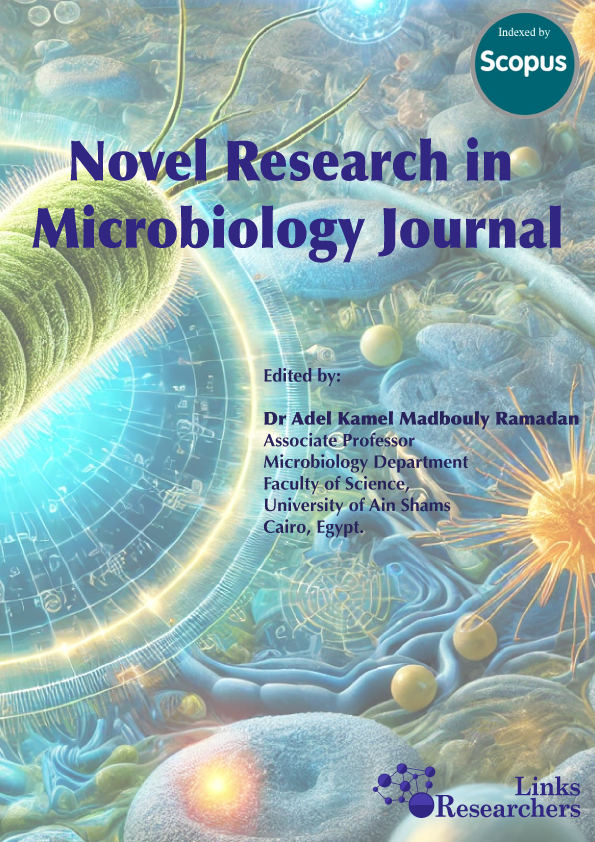In vitro antibacterial activity of ethanolic crude extracts of Capsicum annum against Staphylococcus aureus and Escherichia coli isolated from pus and stool samples at Ruhengeri Referral Hospital, Rwanda
Volume 2, Issue 6 November and December 2018 Pages 156-166
In vitro antibacterial activity of ethanolic crude extracts of Capsicum annum against Staphylococcus aureus and Escherichia coli isolated from pus and stool samples at Ruhengeri Referral Hospital, Rwanda
Solange Gahongayire 1 Ibrahim Ntulume 1 Kagimbura Ervine 2 Bizimana Évariste 2 Adamu A. Aliero 3
ABSTRACT
This work aimed at determining the antibacterial activity of ethanolic crude extracts of leaves and fruits of Capsicum annum against Staphylococcus aureus and Escherichia coli; isolated from pus and stools samples of patients in Ruhengeri Referral hospital, Rwanda. Fruits and leaves of C. annum samples were collected from Sina Gerard enterprise in Rulindo District in July, 2012. Plant samples were shade dried for 10 days, and then standard method was used for extraction using 96% ethanol as a solvent. Antibacterial activities of ethanolic crude extracts of fruits and leaves of C. annum were determined against E. coli and S. aureus using standard disc diffusion method. Minimum inhibitory concentrations (MIC) and Minimum bactericidal concentrations (MBC) were also determined. Results showed that crude extracts of leaves and fruits of C. annum had antibacterial efficacy against S. aureus and E. coli. The mean diameter of inhibition zones and standard deviation of fruits crude extract against S. aureus and E. coli ranged from 8.17± 0.15 to 11.0 ± 0.89 mm, and 14.0 ± 0.25 to 17.9 ± 0.35 mm; respectively, while those of leaves crude extract ranged from 9.7 ± 0.26 to 14.7± 0.25mm, and 8.7± 0.35 to 11.1 ± 0.38 mm; respectively, at increasing extract concentration from 50 to 200 mg/ ml. MIC of fruits ethanolic crude extract against E. coli and S. aureus was 25 and 12.5mg /ml; respectively, while MBC was found to be 50 and 25mg/ ml, respectively. However, MIC of leaves ethanolic crude extract against E. coli and S. aureus were 50 and 12.5mg/ ml respectively, while MBC was found to be 100 and 50 mg/ ml, respectively. We concluded from this study that, ethanolic crude extract of both fruits and leaves of C. annum collected from Rwanda had antibacterial potential against tested bacteria, thus could be used as sources of new drugs.
To share on other social networks, click on any share button. What are these?





